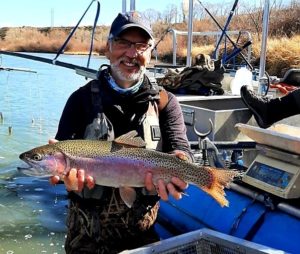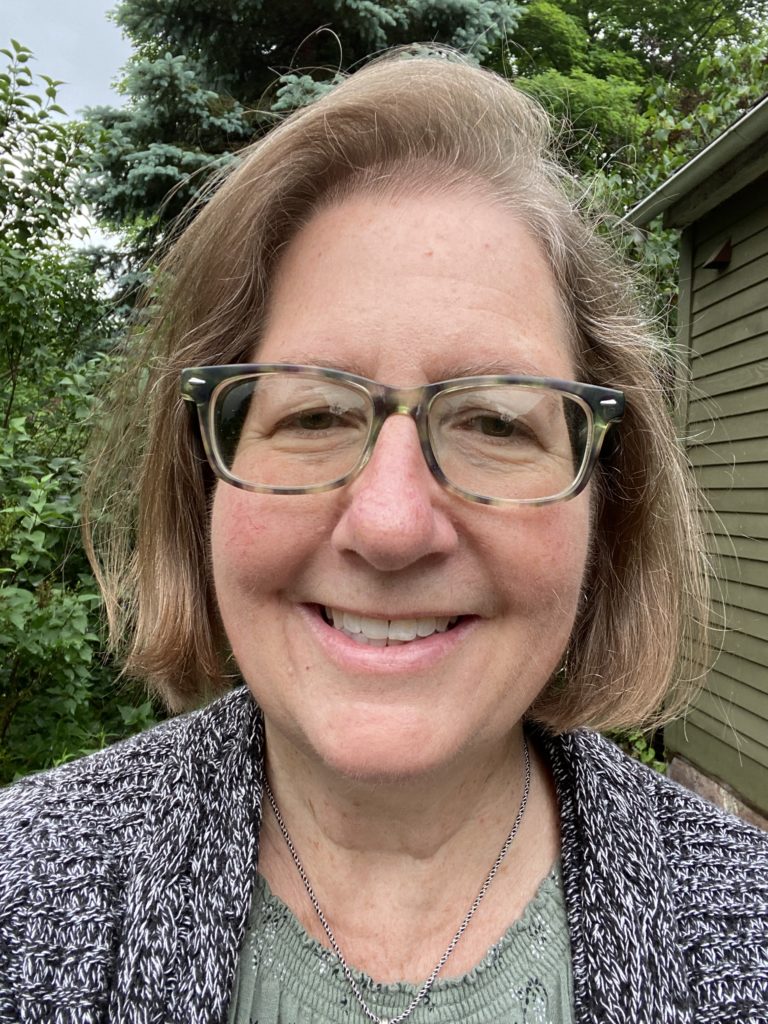In episode five of the “Clean Water Pod,” podcast host Jeff Berckes digs into his favorite four-letter word: TMDL, or Total Maximum Daily Load. Part equation and part plan, a TMDL defines the maximum amount of a specific pollutant allowed in a waterbody for it to meet designated water quality standards. It serves as a watershed-level planning tool for restoring water quality. The Clean Water Act Section 303(d) requires all states, territories, and tribes to identify waterbodies that do not meet water quality standards and develop TMDLs for them, which are approved by the EPA.

To explore this complex topic, Berckes is joined by guests Traci Iott and Ron Steg, who share their varied experience working on TMDLs in coastal New England and the Rocky Mountain region. Iott is the supervising environmental analyst with the Water Quality Group at the Connecticut Department of Energy and Environmental Protection (CT DEEP), where she oversees the implementation of the Water Quality Standards and 303(d) programs. Iott also serves as the co-chair of the Watersheds Committee with the Association of Clean Water Administrators. Steg is the TMDL and assessment program manager for the Wyoming Department of Environmental Quality and has more than 35 years of experience working with water quality issues throughout the country.
“We’re thoughtfully working through a process from understanding a water quality problem, to fixing the problem,” said Steg. “I think this is one of the biggest accomplishments with the TMDL program.”
Their conversation covers the role of assessment and monitoring, water quality models and innovative tools, collaboration in TMDL development, as well as their career journeys.

“As we move forward into the next 50 years of the 303(d) program, it is important to take a step back and look at why and how we are putting water quality plans together, to make sure we’re making effective choices,” said Iott. “We need to consider new tools and use science-based decision-making to approach challenging water quality issues – whether it’s nutrients or environmental justice – and be able to communicate and analyze these issues on a large scale.”
Listen to episode five here, or tune in wherever you get your podcasts, including Apple Podcasts, Spotify and Google Podcasts.
Follow @CleanWaterPod on Twitter for the latest updates.
About The Clean Water Pod
Through perspectives and stories from across the country, the “Clean Water Pod” explores the challenges and successes of restoring and protecting water quality. Season one of the podcast focuses on the fundamentals of the Clean Water Act.
This podcast is funded by a grant through the U.S. EPA and produced by Flip the Field and NEIWPCC.
Learn more about our work around the Clean Water Act 303(d) program.